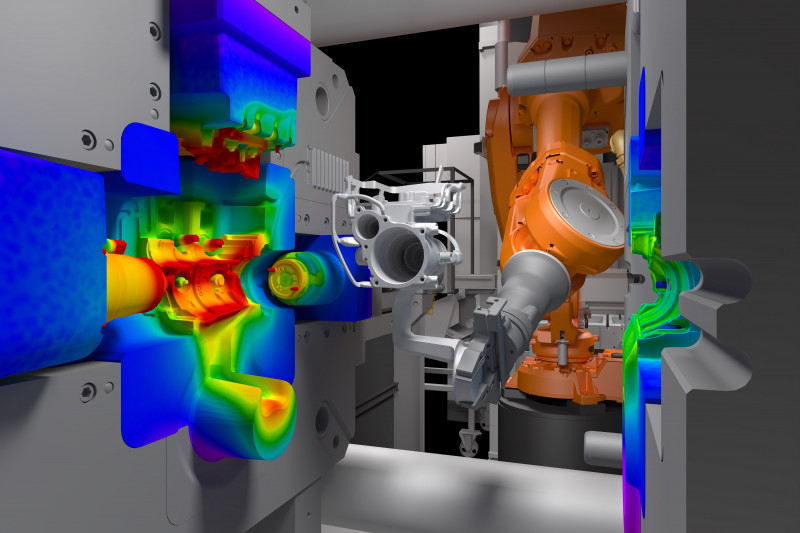In today’s fast-paced world, innovation is key to success. Companies are constantly striving to come up with new and exciting products that will capture the attention of consumers. However, turning an idea into a product that is ready for mass production is no easy task. This is where prototype manufacturing comes into play.
Prototype manufacturing is the process of creating a working model of a product to test and evaluate its design, functionality, and performance. It is a crucial step in the product development cycle as it allows designers and engineers to identify and address any flaws or shortcomings before the product goes into full-scale production.
The first step in prototype manufacturing is to conceptualize the idea. This involves brainstorming sessions, market research, and analysis of consumer needs and preferences. Once the idea is fully formed, it is time to create a prototype. This can be done using various techniques such as 3D printing, CNC machining, or traditional hand-crafting methods.
One of the most popular methods of creating prototypes is 3D printing. This technology allows designers to create a three-dimensional model of their product using computer-aided design (CAD) software. The model is then printed layer by layer using a special printer that uses materials such as plastic or metal. This method is fast, cost-effective, and allows for easy modifications and iterations of the design.
CNC machining is another commonly used method in prototype manufacturing. It involves using computer-controlled machines to shape and cut materials into the desired shape. This method is particularly useful for creating prototypes that require high precision and complex geometries. However, it can be more time-consuming and expensive compared to 3D printing.
Once the prototype is created, it undergoes rigorous testing and evaluation. This involves checking its functionality, durability, and overall performance. Any issues or improvements are noted, and further iterations of the prototype may be made until a satisfactory result is achieved.
Prototype manufacturing is not only limited to physical products. It can also be used for software and digital products. In this case, the prototype is a working model of the user interface and functionality. It allows designers and developers to test and refine the user experience before the final product is developed.

The benefits of prototype manufacturing are numerous. Firstly, it reduces the risk of costly mistakes in the mass production phase. By identifying and addressing any design flaws or functionality issues early on, companies can save time and money in the long run. Secondly, prototypes allow for better communication and collaboration between designers, engineers, and stakeholders. It provides a tangible representation of the idea, making it easier to discuss and make decisions. Lastly, prototypes can be used as a marketing tool. They can be showcased to potential investors, customers, or partners to generate interest and support for the product.
In conclusion, prototype manufacturing is a crucial step in the product development cycle. It allows companies to turn their ideas into tangible models that can be tested, evaluated, and refined. Whether it is through 3D printing, CNC machining, or other methods, prototypes play a vital role in ensuring the success of a product. They enable companies to minimize risks, improve collaboration, and ultimately bring innovative products to the market. So the next time you have a brilliant idea, consider the power of prototype manufacturing in turning your idea into a reality.
-

- Cassa di trasferimento per ricambi auto in pressofusione in lega di magnesio
-

- Staffe metalliche Thixomolding pressofuse in lega di mangensio
-

- Pressofusione in lega di magnesio Ricambi auto Paraurti anteriore Fascio anticollisione
-

- Alloggiamento batteria Power in lega di magnesio Thixomolding
-

- Componenti e parti pressofusi OEM
-

- Alloggiamento del controller per ricambi auto pressofuso in lega di magnesio

 0086-750-5616188
0086-750-5616188 +86 13392089688
+86 13392089688 sales@zhongmei-tech.com
sales@zhongmei-tech.com







